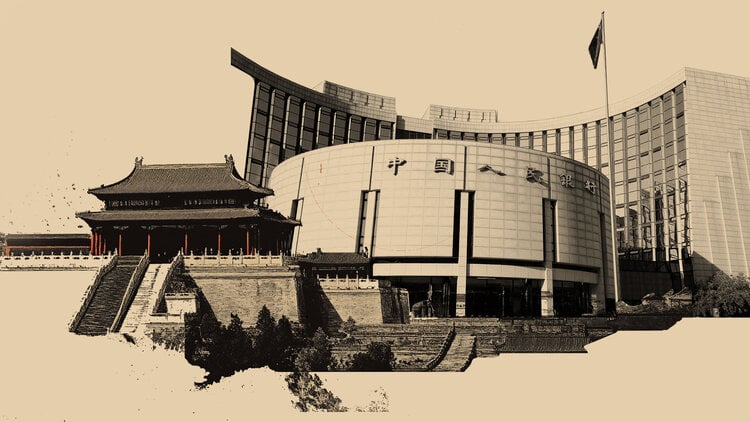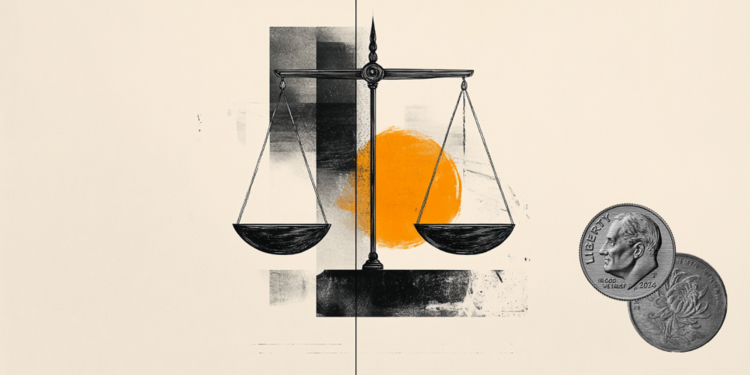The approval of new bank loans that can total up to R$ 10.5 billion to the electricity sector worries specialists. The financial operation, approved by the National Electric Energy Agency (Aneel) to help distributors, will result in the creation of a subsidy to be paid by the consumer from 2023, over four and a half years (54 months).
According to the government, the measure seeks to avoid a very high tariff increase. The amount will seek to cover the increase in expenses that occurred during the water crisis, with the greater activation of thermoelectric plants, which produce more expensive energy: they pay for the activation and the fuel used by it. In most cases, they are powered by fossil fuels, which has been on the rise since the beginning of the pandemic, a scenario aggravated by the war in Ukraine.
Former president of the Electric Energy Commercialization Chamber and ex-director of the National Electric System Operator (ONS), Luiz Eduardo Barata points out that it was predictable that the water scarcity banner would not fully cover the costs of the strategy.
“Initially, the calculations were that the flag should cost R$ 19. But there were pressures from different sides, on the part of the government, and Aneel closed it for R$ 14.20 per 100 kilowatt-hours. This loan will serve to fill this difference. With the dilution for five years, a tariff is avoided in 2022, which is an election year. Therefore, in 2023, we will have a saltier increase”, says the expert.
The current energy bill already includes the so-called ‘Covid Account’, a loan with monthly installments paid until December 2025. Director of the Institute for Strategic Development of the Electric Sector (Ilumina), Clarice Ferraz criticizes what she qualifies as financialization of the energy bill, due to lack of planning.
“In addition to very expensive electricity, we are paying for three financial transactions in less than two years, which added to our already high costs. We first had the Covid Account, renewed the following year, and now this one saying that it is to complement the needs generated by water scarcity, that it did not need to have this profile and, above all, it did not need to be that amount. We financialize the electricity sector, with loans made by banks, which charge, in addition to interest, fees to carry out the operation, carried out in the absence of the consumer”, evaluates the UFRJ professor.
The water scarcity flag is maintained until April, when it is expected to be removed from the electricity bill. The measure, if confirmed, will coincide with the end of the wet (rainy) period, marked by the good recovery of the water level in the reservoirs of the hydroelectric plants.
The authorized loan is planned for two stages. The first, already regulated, is R$ 5.3 billion. For Barata, the scenario is a reflection of wrong choices that led to the expansion of the use of thermal plants and does not contribute to cleaning the energy matrix. He explains that the economic impact will still be felt in other ways by the consumer in the coming years.
“In October, an emergency auction contracted 1,000 megawatts of thermal generation for three years. Gas generation that costs, on average, R$ 200 or R$ 300, coming out to R$ 1,600, which will need to be generated, because they have high inflexibility. It’s the kind of bill that we, the consumers, pay,” concludes Barata.
Clarice understands that this scenario, combined with the price of fuel on the international market, reflects a combination that should continue to drive consumer spending on electricity.
“It’s a contracted problem to continue. The more you depend on gas, the more exposed you will be to the international gas crisis, which is the drama that Europe, and even the US, is going through, despite its abundance of the product. In other countries, governments are concerned about saving the final consumer, worried about the inflationary impact that spreads throughout the economy when you have an inflation of energy inputs”, evaluates the researcher.
Sought, Aneel stated that the tariff flag of water scarcity was created by determination of the Chamber of Exceptional Rules for Hydroenergetic Management (CREG), through a resolution, to “pay for the exceptional activation of thermal plants and energy imports during the worst scenario of water scarcity experienced in 91 years in the country”. According to the regulatory agency, other explanations could be given by the Ministry of Mines and Energy, which has not returned contacts so far.
Source: CNN Brasil
I am Sophia william, author of World Stock Market. I have a degree in journalism from the University of Missouri and I have worked as a reporter for several news websites. I have a passion for writing and informing people about the latest news and events happening in the world. I strive to be accurate and unbiased in my reporting, and I hope to provide readers with valuable information that they can use to make informed decisions.







